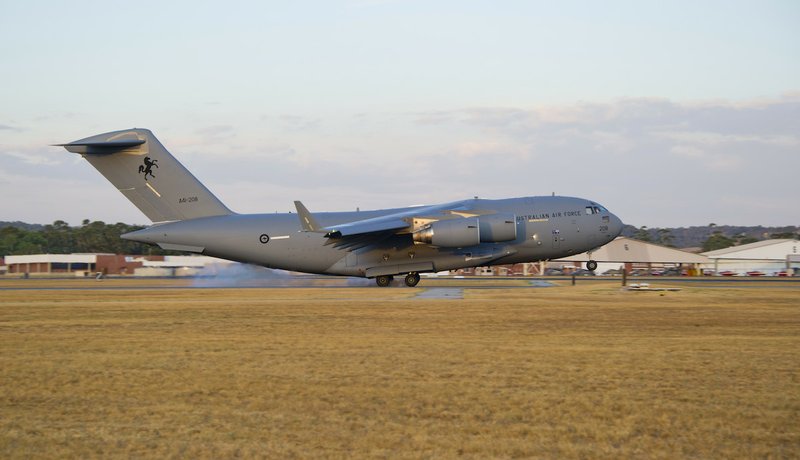PERTH, Australia — A Chinese military plane scanning part of a search zone the size of Poland for signs of debris from Malaysia Airlines Flight 370 spotted several objects floating in the sea on Saturday, including two bearing colors of the missing jet.
But it was not immediately clear whether the objects were related to the 3-week-old investigation, and the second day of searching in the area ended with no evidence found of the jet, officials said.
The Chinese Ilyushin IL-76 spotted three floating objects, China's official Xinhua News Agency said, a day after several planes and ships combing the newly targeted area closer to Australia saw several other objects.
Ships from China and Australia scooped up items described only as "objects from the ocean," but none were "confirmed to be related" to Flight 370, said a statement from the Australian Maritime Safety Authority, which is overseeing the search.
Relatives and friends of the passengers said they were tortured by the uncertainty over the fate of their loved ones, as they wait for hard evidence that the plane crashed.
"This is the trauma of maybe he's dead, maybe he's not. Maybe he's still alive and we need to find him. Maybe he died within the first hour of the flight, and we don't know," Sarah Bajc, the American girlfriend of U.S. passenger Philip Wood, said in Beijing.
"I mean, there's absolutely no way for me to reconcile that in my heart," she said.
The three objects spotted by the Chinese plane Saturday were white, red and orange in color, the Xinhua report said. The missing Boeing 777's exterior was red, white, blue and gray.
An Australian PC3 Orion search plane also sighted objects in a different part of the search area, but the maritime safety authority did not describe those objects in greater detail.
An image captured a day earlier by a New Zealand plane showed a white rectangular object floating in the sea, but it was not clear whether it was related to the missing jet or was just sea trash.
Flight 370 disappeared March 8 while bound from Kuala Lumpur to Beijing, and investigators have been puzzled over what happened aboard the plane, with speculation ranging from equipment failure and a botched hijacking to terrorism or an act by one of the pilots.
The latter was fueled by reports that the pilot's home flight simulator had files deleted from it, but Malaysian Defense Minister Hishammuddin Hussein said checks, including one by the FBI, had turned up no new information.
"What I know is that there is nothing sinister from the simulators, but of course that will have to be confirmed by the chief of police," he said.
Newly analyzed satellite data shifted the search zone on Friday, raising expectations that searchers may be closer to getting physical evidence that the plane crashed in the Indian Ocean with 239 people aboard.
That would also help narrow the hunt for the wreckage and the plane's black boxes, which could contain clues to what caused the plane to be so far off-course.
The U.S. Navy has already sent equipment that can detect pings from the back boxes, and Australian Prime Minister Tony Abbott told reporters in Sydney that the equipment would be put on an Australian naval ship soon.
The newly targeted zone is nearly 700 miles northeast of sites the searchers have crisscrossed for the past week. The redeployment came after analysts determined that the Boeing 777 may have been traveling faster than earlier estimates and would therefore have run out of fuel sooner.
The new search area is closer to Perth than the previous one, with a flying time of 2 1/2 hours each way, allowing for five hours of search time, according to the Australian Maritime Safety Authority.

